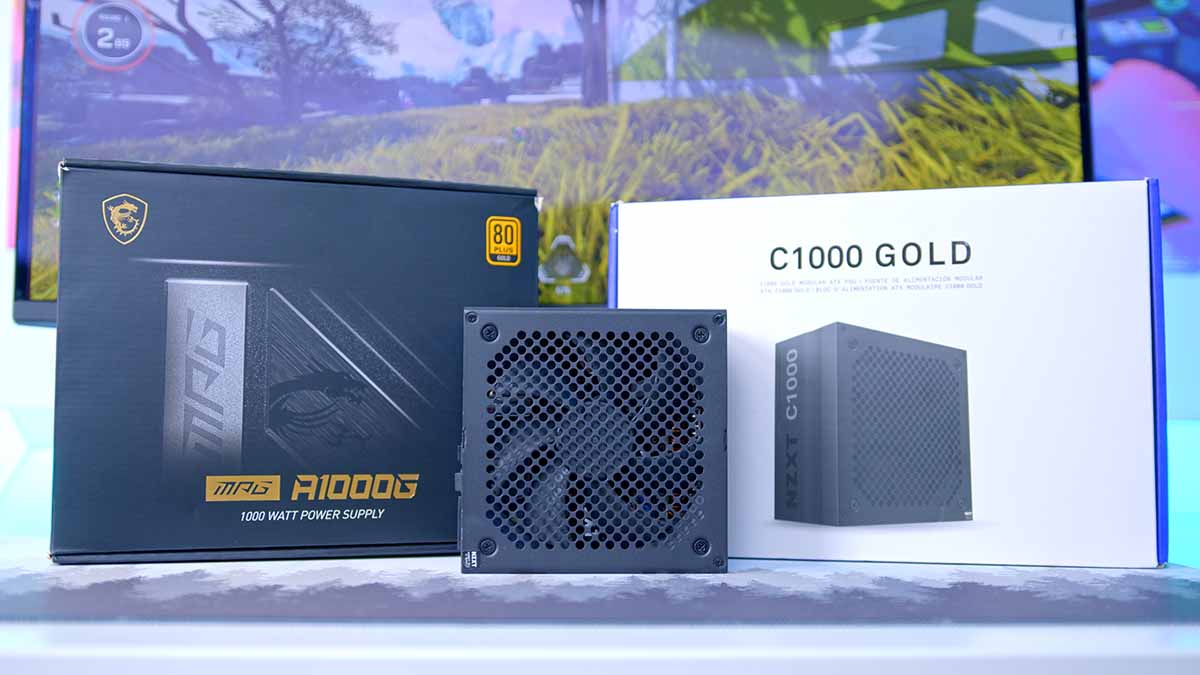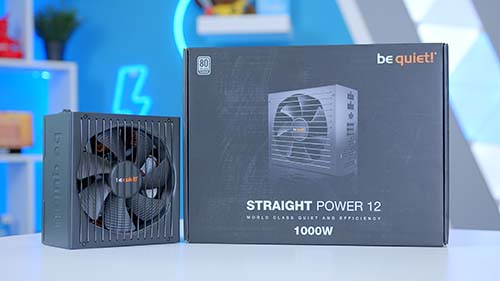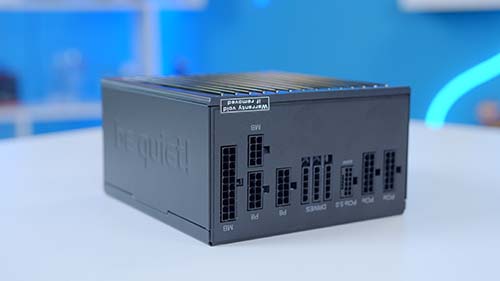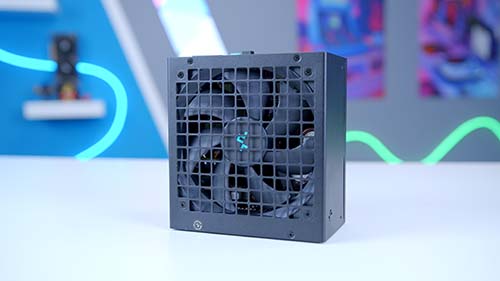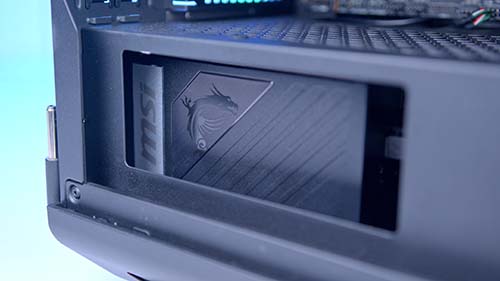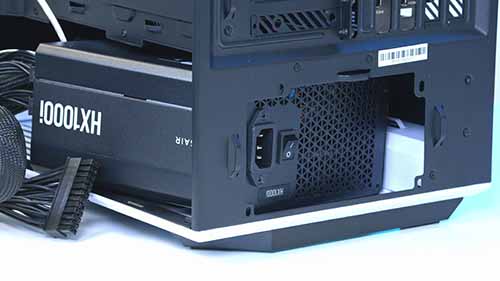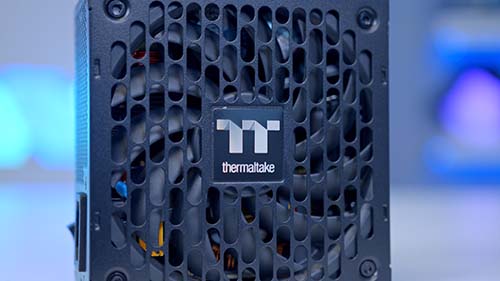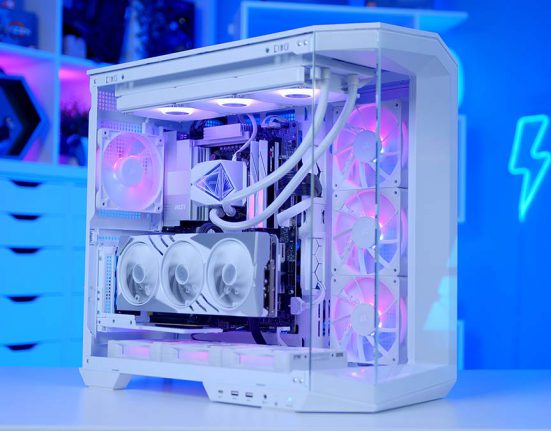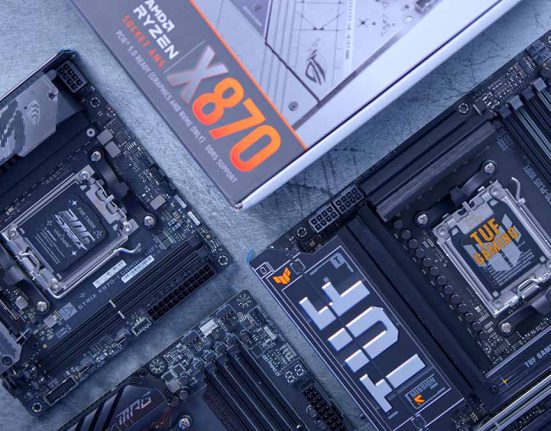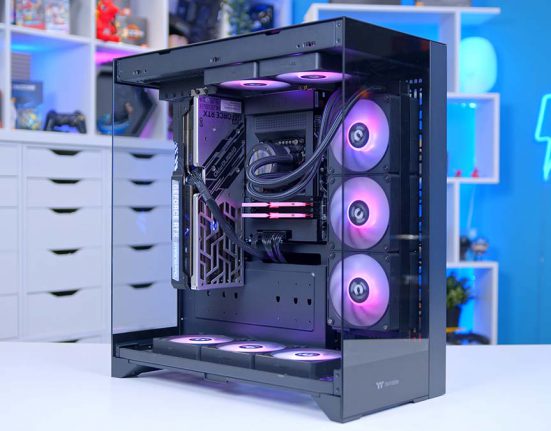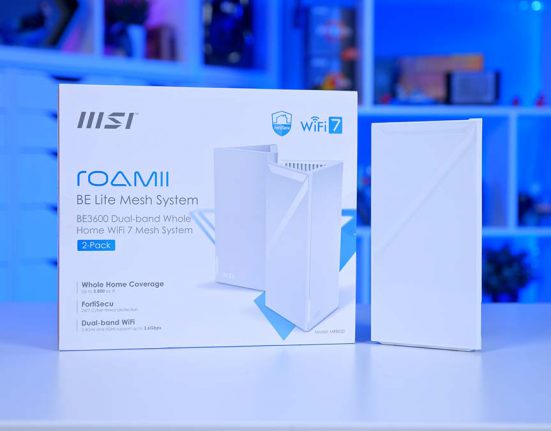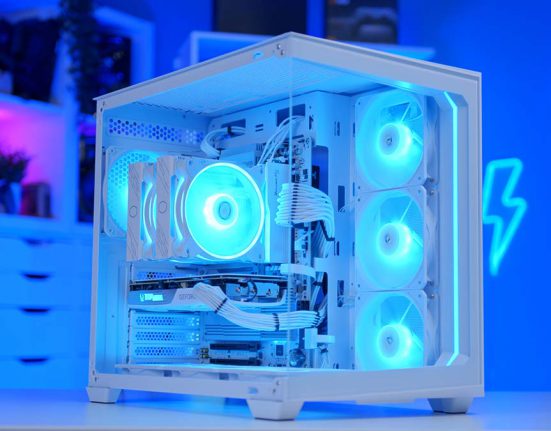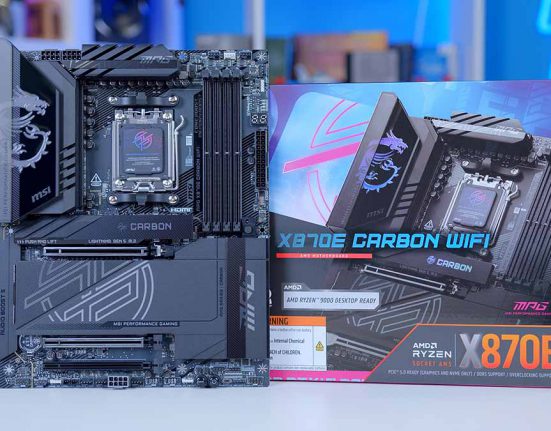Introduction
With PC hardware components getting ever more power intensive, the need for high-wattage power supplies is perhaps stronger than ever. The RTX 4090 and AMD RX 7000 series require up to four 8 pin GPU power connectors, meaning you’ll need a power supply with some significant oomph to get going. But how do you choose the best 1000W power supply in such a varied market, filled with a plethora of high-quality options?
In this buyers guide roundup, we’ve done all of the work for you by gathering up and testing a plethora of 1000W power supplies. Each option has been put through the wringer. We’ve analysed all of the options below to ensure they perform as expected, but also to ascertain the value-proposition.
1. BeQuiet Straight Power 12
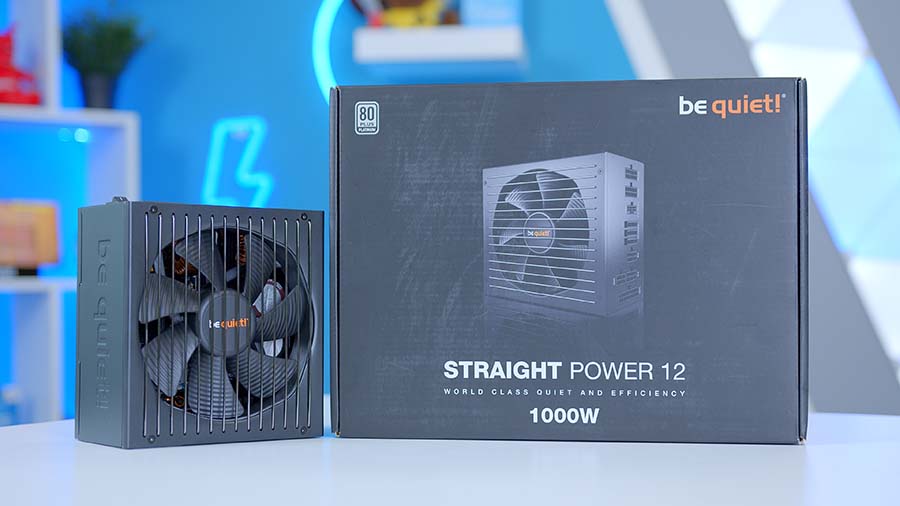
The Straight Power 12 from BeQuiet is our ‘best overall’ option, geared towards those that are looking for the strongest performing 1000W power supply. The Straight Power 12 offers consumers ATX 3.0 compatibility for any of NVIDIA’s RTX 4000 GPUs. While ATX 3.0 is a bit overkill for most, the next generation of cards are highly likely to use this connector, increasing this PSUs longevity.
In terms of efficiency, the Straight Power 12 sports an 80 plus platinum rating, which is further backed up by Cybenetics, who also awarded this PSU with a platinum rating.
Those building a powerful enthusiast system may hit 1000W relatively easily, so picking up a PSU that offers solid efficiency at higher loads is a must-have. Admittedly, this does increase the price to a fair degree, but I’d argue that the Straight Power 12 definitely sits at a price point that most consumers would be comfortable with. The Silent Wings fan also contributes to the low noise levels that this power supply offers, ensuring near-silent operation even under load.
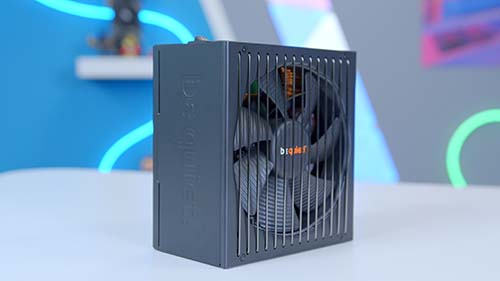
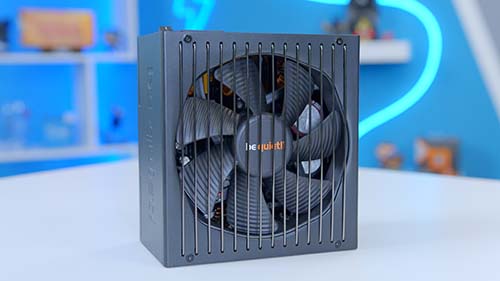
2. Deepcool PX1000G

Deepcool’s PX1000G is an awesome power supply geared towards those building a silent system. The PX1000G is an 80 plus gold rated unit that also has a platinum certification according to Cybenetics testing. This power supply is ATX 3.0 compliant, so consumers with an RTX 4000 card don’t have to deal with any pesky adapters, and can plug their 12VHPWR cable straight into its connector.
Next to the power switch of the PX1000G, consumers will find a ‘fanless mode’ button. This hybrid mode ensures the fan will remain off until the load of the power supply reaches a certain threshold and requires cooling.
This is a nice feature to utilise, as it will keep your system quite under general usage, making sure there’s no coil whine or fan buzzing. What’s more, the PX1000G also comes with a ten year warranty, so if it should break within this timeframe, it should be relatively easy to get a refund or replacement.
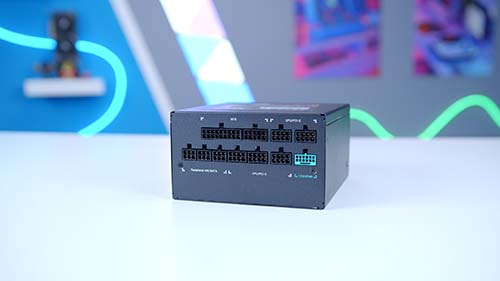
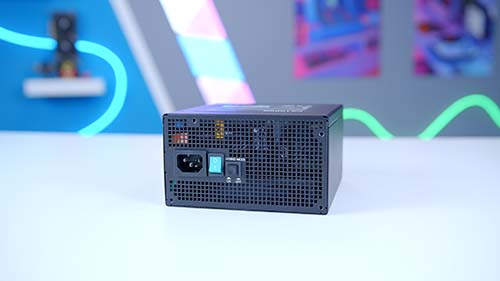
3. MSI MPG A1000G
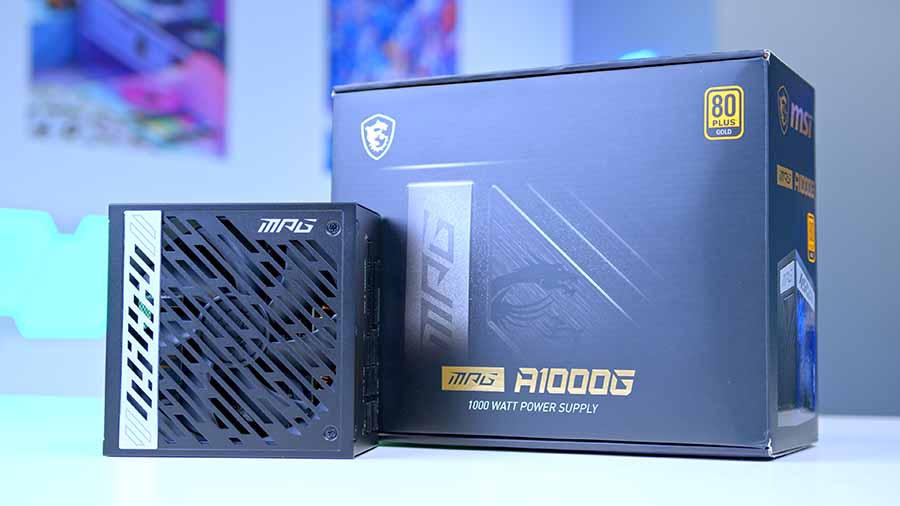
MSI’s MPG A1000G is a power supply that we’ve used in quite a few builds and previously covered in detail. The A1000G offers a compact and sleek design, featuring MSI’s signature MPG branding.
This unit is ideal for top-end builds that need plenty of wattage to sustain a high load. The 80+ Gold rated efficiency ensures lower energy consumption allowing you to maintain high performance. Also, this PSU features a fully modular design, equipped with flat cables which allow you to easily manoeuvre and manage the cables throughout your case with no kinks or unsightly bends.
The Zero Fan mode located next to the power switch allows you to enjoy absolute silence when your overall TDP is below 40%, further demonstrating how efficient the A1000G is, and keeping the whole PC build nice and quiet.
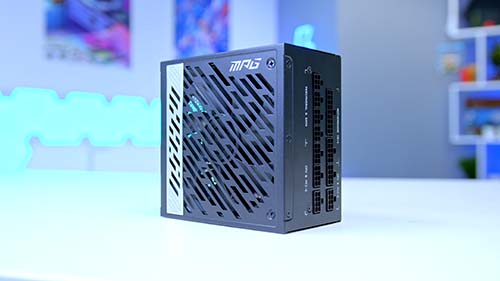
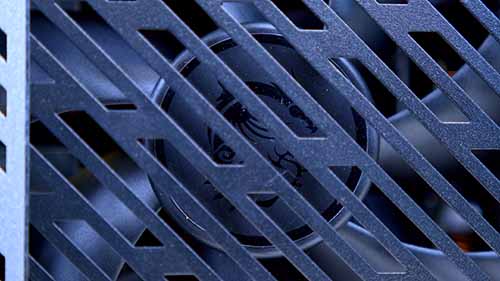
4. Corsair HX1000i
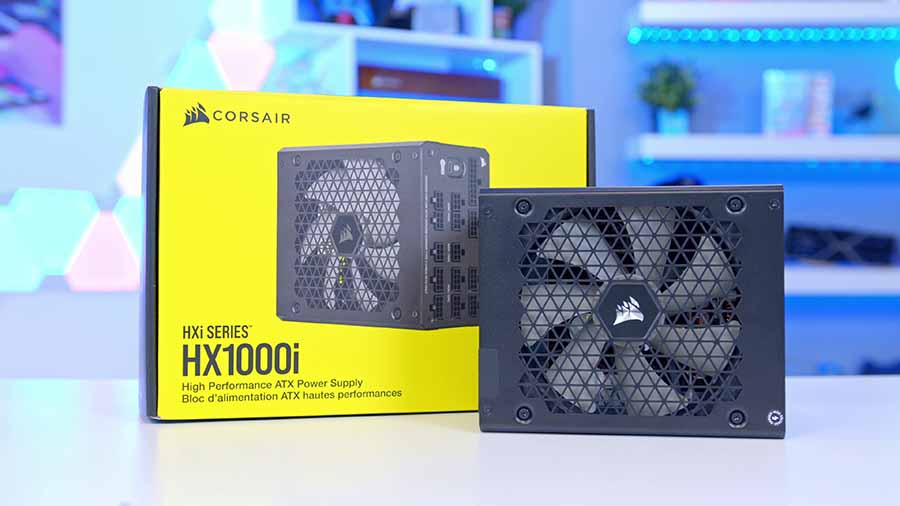
Corsair’s HX1000i is the upgrade you need for the latest batch of ATX 3.0 builds. This PSU sports an 80+ Platinum efficiency rating, allowing for sustained, high loads, with the latest and most demanding PC upgrades now and into the future.
Including the ATX 3.0 standard also removes the usage of pesky adapters, allowing you to pick and choose exactly what cables you want without frustration. The HX1000i is also one of the most tuneable power supplies in our roundup, which can easily be configured with Corsair’s iCUE software.
The unit connects to a front panel USB 2.0 header through a USB connection on the power supply unit itself. In Corsair iCUE, you can change the fan curve, voltages, and monitor system wide information, all through one application. Because of this, the HX1000i is perfect for users that have the newest series of GPUs that want ultimate control over their system.
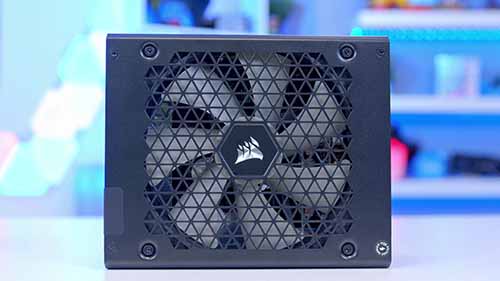
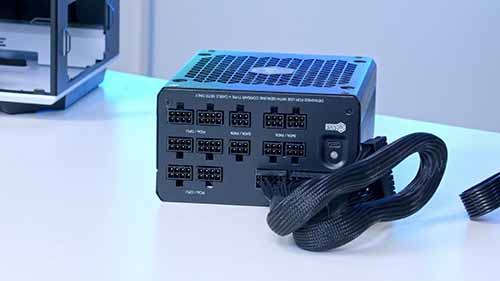
5. Thermaltake Toughpower SFX
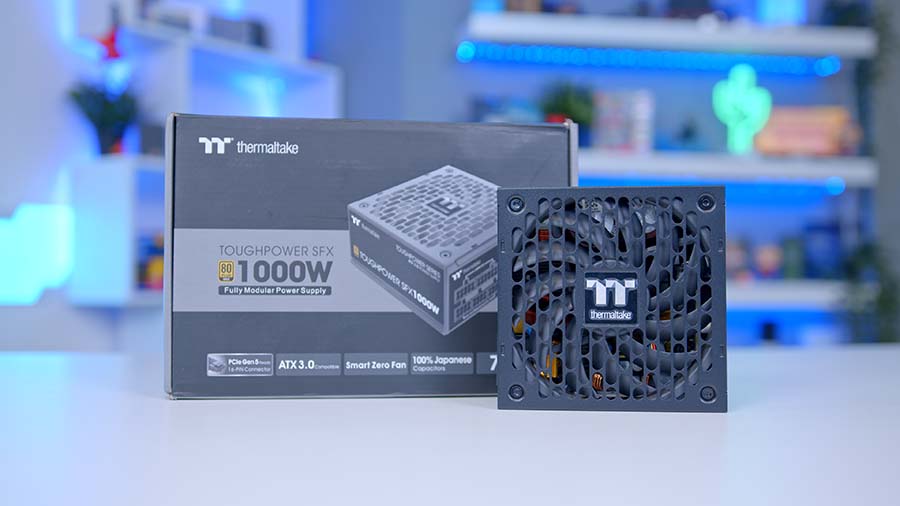
Thermaltake’s Toughpower SFX 1000W is an awesome 80 plus gold rated option designed to bring a high wattage unit to those with a small form factor system. The availability of SFX power supplies can be a bit of a mixed bag, so its great to see Thermaltake throwing their hat into the ring with another option.
It is worth noting that the Toughpower SFX is also ATX 3.0 compatible, so consumers planning on upgrading, or those with an RTX 4000 graphics card will easily be able to plug in their 12VHPWR cable, avoiding pesky adapter cables.
Taking a look at the other features, the Toughpower SFX offers a smart zero fan, designed to keep noise levels to a minimum even under load. Thermaltake have also put a lot of R&D into power delivery, making sure response times are tight, and that ripple is at an all-time low. Ripple can damage components and shorten their lifespan and reliability, so ensuring ripple is stable is a solid move from Thermaltake.
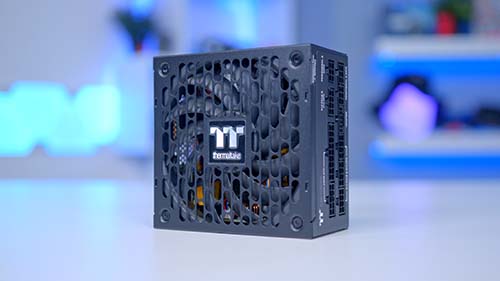
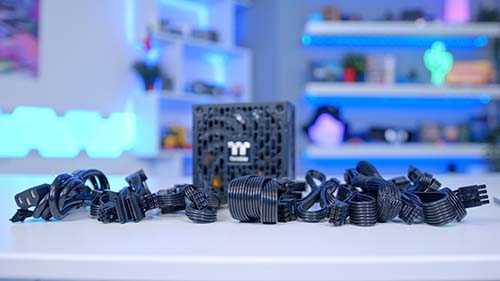
How We Picked the Best 1000W Power Supplies
To ensure that all of the components we’re recommending in a buyers guide are definitely worth their value-proposition, we’ve put them all through rigorous testing. With power supplies, this involves ensuring they work in normal and anomalous circumstances whether you’re building a gaming or workstation PC. We then compare each power supply we have in the office against each other assessing their various features, design qualities and of course comparing pricing. The main factors that we take into account when testing are:
- Features
- Noise Levels
- Modularity
- Efficiency Rating
- Value for Money
Frequently Asked Questions
Do I need a 1000W PSU for my gaming PC?
Whether you need a 100W power supply will depend on the components in your PC build. Generally, we recommend 1000W power supplies for a gaming PC build that contains an higher-end graphics card such Nvidia 4000 series or Ryzen 7000 series GPUs.
How do I know what power supply I need for my PC?
The graphics card typically acts as the best indicator for how much wattage your PC build requires. GPU manufacturers usually provide a recommended PSU wattage for each product on their website. Alternatively, websites such as PCPartPicker calculate the estimated wattage of a system for you.
What does 80+ efficiency mean on a power supply?
80+ is a certification that provides an indication of the efficiency of a power supply. An 80+ Platinum rating suggests that a PSU is very efficient, whilst an 80+ Bronze PSU is deemed to be less efficient, but should still provide some benefits to consumers.


